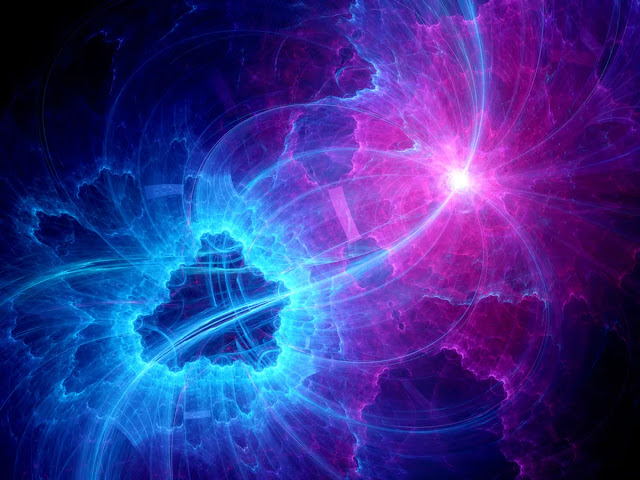According to a novel model that incorporates quantum correction factors to supplement Einstein’s theory of general relativity, the universe may have existed eternally. By possibly including both dark matter and dark energy, the model would solve several issues at once.
The age of the universe is believed to be 13.8 billion years based on general relativity. Singularity theory proposes that all of existence originated in a single, infinitely dense spot. After this time, expansion in the “Big Bang” signaled the start of the cosmos. Some scientists have an issue with the Big Bang singularity since general relativity mathematics can only describe what happened after the singularity, not during the singularity or before.
According to Ahmed Farag Ali of Egypt’s Benha University and Zewail City of Science and Technology, “the Big Bang singularity is the most serious problem of general relativity because the laws of physics appear to break down there,” reported Phys.org. In an article published in Physics Letters B, Ali and his collaborator Saurya Das from the University of Lethbridge in Alberta, Canada demonstrated that their model, in which the cosmos has no origin and no end, resolves the Big Bang singularity.
Old ideas revisited
The researchers stress that they are not trying to erase the Big Bang singularity in particular by applying their quantum correction terms arbitrarily. David Bohm, a theoretical physicist, and philosopher of physics, provides the conceptual foundation for their work. Bohm began investigating the possibility of quantum trajectories, as opposed to classical geodesics, the shortest path between two points on a curved surface, in the 1950s.
Ali and Das used these Bohmian trajectories in their study, where they were applied to an equation developed in the 1950s by Indian physicist Amal Kumar Raychaudhuri of Presidency University in Kolkata. When Das was an undergraduate there in the 1990s, Raychaudhuri was one of his professors.
Ali and Das derived the quantum-corrected Friedmann equations, which describe the expansion and evolution of the universe (including the Big Bang) in the setting of general relativity, by using the quantum-corrected Raychaudhuri equation. The model incorporates aspects of both quantum theory and general relativity, but it is not a complete explanation of quantum gravity. In addition, Ali and Das believe their findings will stand up to a full theory of quantum gravity.
No singularities nor dark stuff
Neither the Big Bang nor the “big crunch” singularity is predicted by the new model. One possible outcome of the universe, according to general relativity, is that it gradually contracts until it collapses in on itself in a great crunch, reverting to an infinitely dense point.
In their study, Ali and Das describe how the distinction between classical geodesics and Bohmian trajectories allows their model to sidestep singularities. Singularities are found at the sites where classical geodesics meet and finally, cross each other. However, singularities do not exist in the equations when considering Bohmian trajectories since they never intersect.
A cosmological constant term (without dark energy) and a radiation term are how quantum corrections are described by scientists. These conditions guarantee that the cosmos will always be infinitely old despite its finite size. The terms also make predictions about the cosmological constant and the density of the cosmos that are in close agreement with the latest observations of these quantities.
New gravity particle
The model explains the physical laws of the cosmos by saying it is permeated by a quantum fluid. Scientists have proposed that gravitons, hypothetical massless particles that mediate the action of gravity, may make up this fluid. A theory of quantum gravity would likely rely heavily on the existence of gravitons.
Das and Rajat Bhaduri of McMaster University in Canada, who worked on a related paper, have provided more support for this theory. They demonstrate that gravitons, at temperatures prevalent in the cosmos at all times, can condense into a Bose-Einstein condensate (named after Einstein and another Indian physicist, Satyendranath Bose).
In the future, scientists aim to analyze their model more carefully because of the model’s potential to resolve the Big Bang singularity and explain dark matter and dark energy. Rerunning the analysis with tiny inhomogeneous and anisotropic perturbations in mind is on the agenda for their future work, but they do not anticipate any major changes to the findings. That such simple adjustments may cure multiple problems at once is quite encouraging to see,” Das added.


